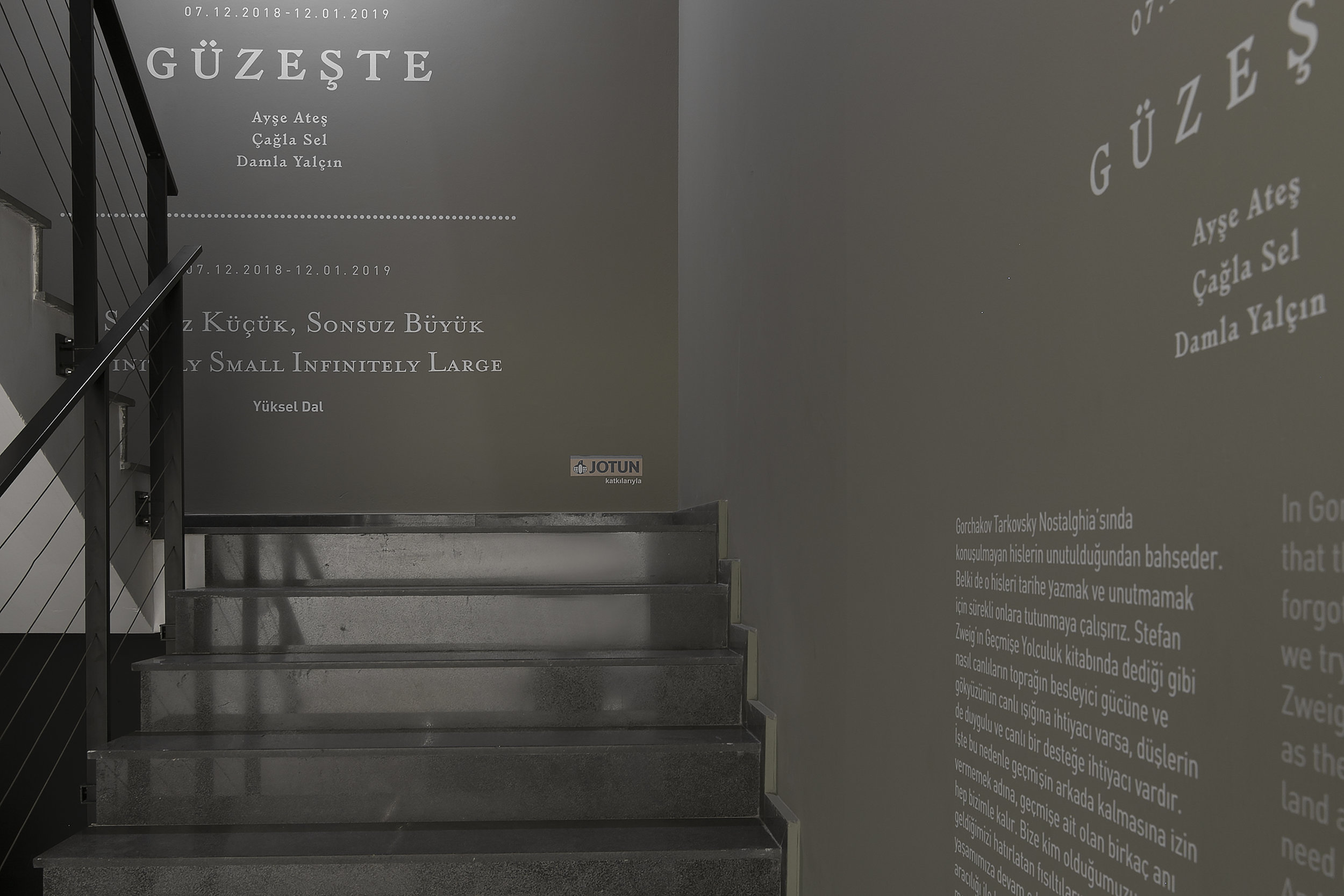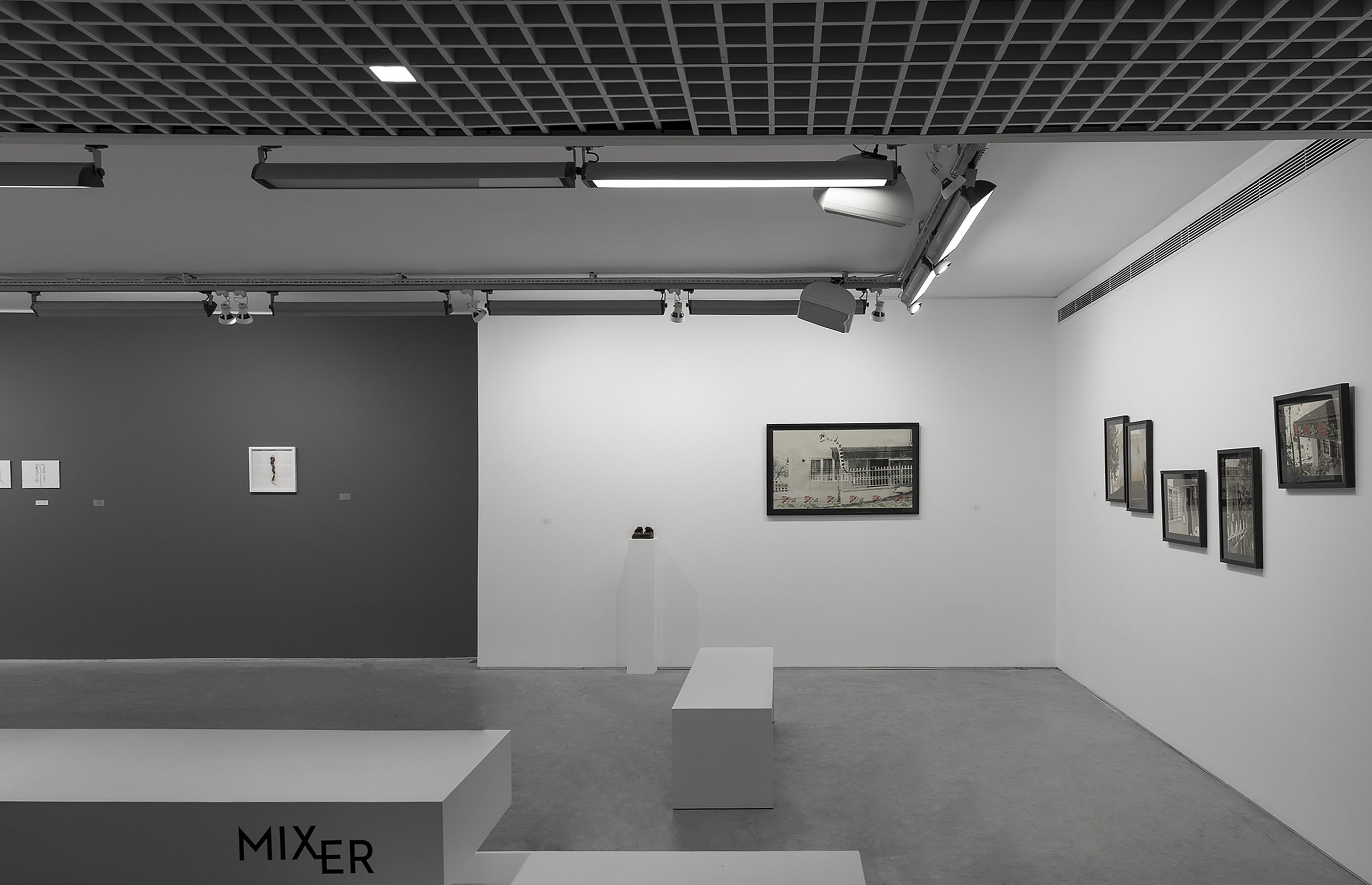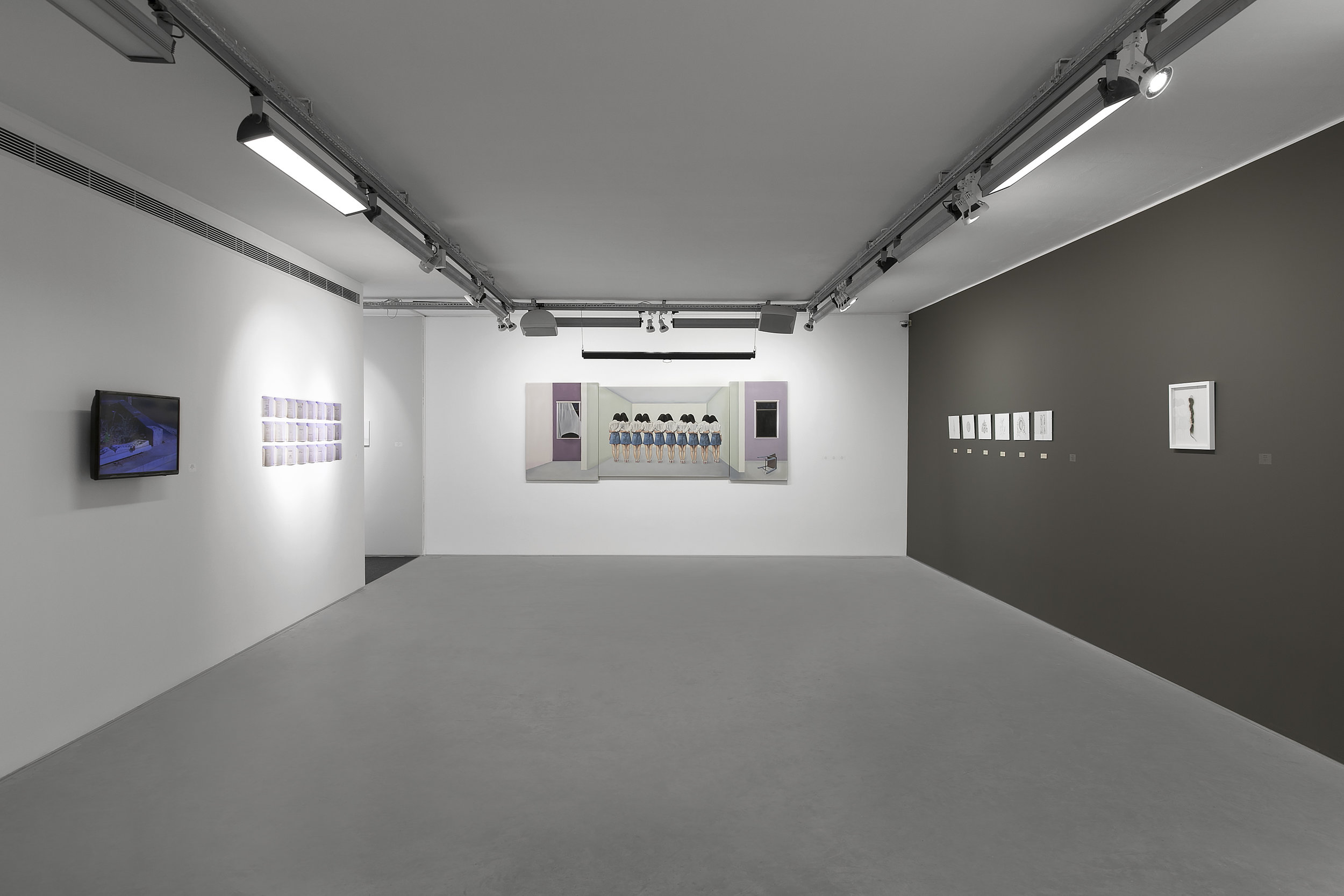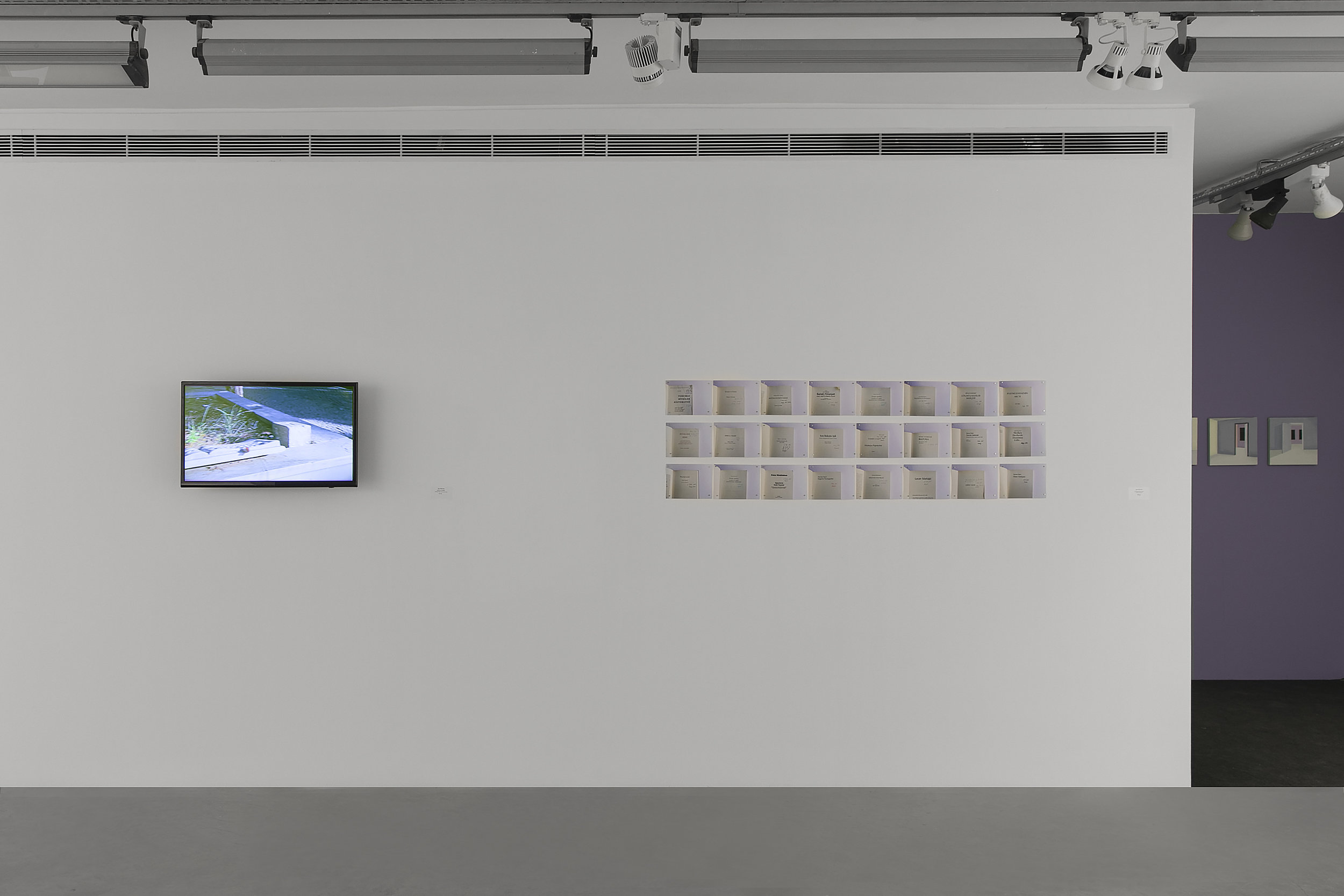Güzeşte
Güzeşte
07.12.2018 - 12.01.2019
Mixer is hosting the group exhibition Güzeşte* from December 7th to January 12th with artists: Ayşe Ateş, Çağla Sel and Damla Yalçın. In the exhibition, artists are reinterpreting the objects they have carried along from their past harnessing them with their artistic practices in order to reach their own self as they focus on their inner voices.
In Gorchakov Tarkovsky’s Nostalghia it is said that the unspoken feelings are doomed to be forgotten. In order not to leave the past behind, we try to keep those feelings live. Just as Stefan Zweig mentions in the World of Yesterday, just as the beings need the nourishing power of the land and the vivid light of the sky, dreams also need emotional and lively support of the past. And for this reason, a few memories of the past always remain with us. We continue our lives listening to the inner voices telling us who we are and where we come from. We try to keep this connection alive through objects, sometimes even a tombstone can be an object to trace back. In this exhibition, we can observe the healing power of these objects for the artists and how they establish a true bond with their own essence.
In the works of Ayse Ates we see the traces of the belief that nothing on earth and in the past can ever be lost. The artwork titled as Saç (Hair) is inspired by the quirky similarities of two women, who are important figures for the artist. Even though they have immigrated from Macedonia during the same period, they have never met; they might have taken the same train or loved similar foods, even have shared the same dialects. The artist brings them together by tying their hair to each other. Her recent studies and master's thesis is about concepts such as the dead, dead culture, dead house, cemetery beliefs, grave plants, burying/not-burying.
Çağla Sel focuses on "window" as an image of abstraction. She approaches the window metaphor as a symbolic passage to the past. While the window includes an effort to see the outside, at the same time it uses as a tool to bring in the sight, the light and the darkness of the outside. Looking out of the window is a transition from "I see" to "I think." As for Kafka, windows create a passage. It is also a shield that protects the person from the crowds and allows her to connect to her own world. For the artist, this passage is the source of a great loneliness and alienation. In her works we see that she weaves a cocoon against the passage that opens to the world where she feels alienated.
Damla Yalçın addresses the objects and spaces that are integrated with her memories throughout her life in the center of her artistic practice. The house is the first encounter of the world of human being. The human being realizes that s/he is alive when s/he locates herself/himself somewhere. This positioning begins at the house where s/he lives. Our feelings are identified by the place between the past and the present. Our memories find a place built within the house. They are placed in the corners, in the attic, in the basement, behind the cupboards. Goyen describes home concept as ‘The house we were born had no identity before we were born. It was a lost place in the world’. The artist, who believes that the house has a meaning with the individuals living inside, takes photographs of the house in which she was born and obtains a solid and unchanging document resembling her biography. The house embraces the artist's childhood. The technique that belongs to her past provides an indelible link to her childhood.
*Güzeşte. persian [adjective] history, leftover






